Marion unleashed a blistering selection of coherent robotic rhythms that somehow still feel very much alive and necessary so many years later—and now with added material in one succinct collection. The quintessential go-to album that must be stocked in any IDM collectors catalog.
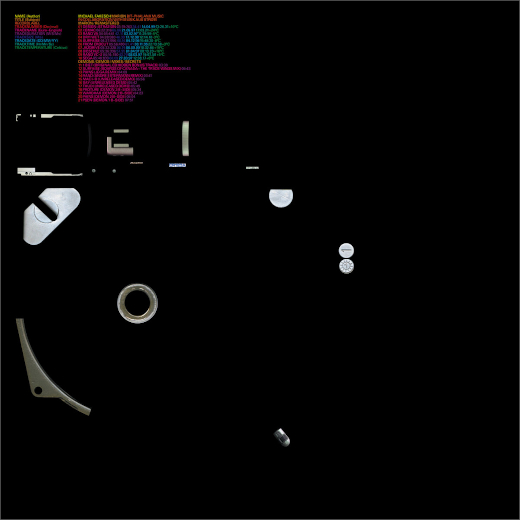
Exploratory mechanical electronics with a heartbeat
Back in the day my curiosity for unusual electronic music was sparked in the early to mid-90s when the oddly coined IDM genre-tag led me to Funkstörung—a duo comprised of Michael Fakesch and Chris DeLuca from Rosenheim, Germany. These guys meshed the crunchiest of beats, syncopated rhythms, odd textures, and sweet melodic bits with a slant towards glitched-out hip hop elements. They pushed (and simultaneously created) some of the finest, most abstract electronic audio shapes that led to a new breed of inspired bedroom musicians to experiment and delve into their own trajectories.
Originally released on Music Aus Storm (MAS) in November of 1999, and produced somewhere between 1997 – 1999, Marion brought an additional thrust to the IDM scene, furthering Fakesch’s unique ability to go on his own and continue to craft intricate sound sculptures breathing life into soulless machines. With his expanding resume including releases for !K7, Monkeytown, Musik Aus Strom, and remixers of Björk, Wu-Tang Clan, Jean-Michel Jarre, and Lamb, his sound was (and still is) synonymous with exploratory mechanical electronics with a heartbeat.
With the release of Marion, a new and fresh slice of IDM was showcased. And even with its leftfield sensibilities of broken beats and crackling harmonies, one could still extrapolate the focused emotion, nostalgia, and raw energy from these disparate sounds that if heard separately would have simply fallen flat. With André Estermann originally mastering the 1999 edition, fast forward 20-years and Michael Fakesch takes it for another proverbial spin. The results are astounding, and the dusting off of “old” tracks is a welcomed retreat.
Unreleased tracks and demos from Michael’s DAT archive, originally produced 1997 – 1999 are also presented on this enormous re-release. Artwork and design by The Designers Republic, here we also get B-sides originally featured on the Demon 1, 2 & 3 White Label 12″ x EPs, also released between 1998 – 1999, and original remixes by respective acts such as André Estermann, Jega, and Boards of Canada. Simply put—how can you go wrong with a lineup like that? All the ingredients needed for an explosive experimental release has now become the quintessential go-to album that must be stocked in any IDM collectors catalog.
The stark, exquisite, and baffling rhythms now re-mastered with an additional punch, Marion pushes ahead and hasn’t aged at all. The Autechre influences obviously drew my ears in the late 90s—I would have been entering college around that time and lived across the border from Detroit, Michigan in Windsor, Ontario. Funkstörung, as well as Michael Fakesch’s music, was in constant rotation in the basement of my parents home. My older brother used to design hi-fi equipment including speakers (under the Nimbus Audio guise) with which music like this was put to the test. In fact, I distinctly remember blowing a set of tweeters somehow with Autechre’s LP5 (Warp, 1998)—and thinking, “Wow, now that was insane!” I’d also play these tracks on the airwaves when I ran a weekly experimental electronic radio show from CJAM 91.5 FM (now 99.1 FM) called Audio:: Nimbus (later to be known as Digital::Nimbus when I moved to California in 2001). And it wasn’t until I started a monthly live event hosted at Milk Bar in downtown Windsor that I’d break out tracks from Fakesch, Estermann, Arovane, Autechre, Bola, Brothomstates, Funckarma, The Future Sound of London, Meat Beat Manifesto, Mouse On Mars, Plaid—and so many others we now consider classics—that people seemed to be somewhat getting it and finally letting the subtle nuances of non-conventional electronic music sink in—at least that’s what I thought based on people’s reactions as they sipped coffee, tea, and various spirits. Oh, the memories.
While the IDM genre never really took flight in the mainstream, it was not surprising considering how abstract and personal each DIY body of work was—the experimental nature of albums like Marion broke through and stood out even with the influx of artists that would eventually (also) make an impact in the second wave of IDM with titles by relative unknowns including Bauri, Lusine, Mr. Projectile, Proem, and Solvent/Lowfish to name a few. It goes without saying that Michael Fakesch had this unique ability to make mechanical sounds flutter within the capacity of a growing genre somehow coined by the name of Hyperreal’s email list-serv originally created in August of 1993 for the discussion of music relating to Aphex Twin and Warp’s early Artificial Intelligence compilations. The movement certainly was in full force, and there was no slowing it down now.
With all that aside, it’s quite a thrill to experience Marion once again as it was already 20-years ahead of itself upon arrival. Being re-released in late 2019 further reinforces that the Bit-Phalanx crew are clearly in tune (and in contact) with the originators of the scene and we certainly appreciate it!
Marion‘s lasting impression and surreal landscape of highly meticulous electronics is a dose of sublime execution that merits revisiting, especially now. The sonic acrobatics of each track allows for a thorough listening exercise whether you’re seated at home in your lazy boy recliner with headphones (as I am right now), or blasting it in your vehicle or audio system. Marion unleashed a blistering selection of coherent robotic rhythms that somehow still feel very much alive and necessary so many years later—and now with added material in one succinct collection.
Marion (20th Anniversary Edition) is available on Bit-Phalanx.






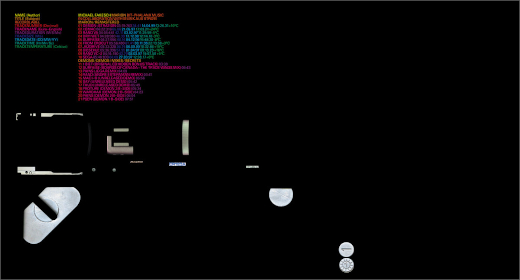
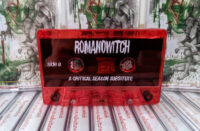
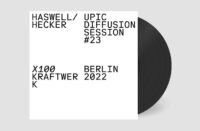
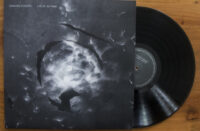



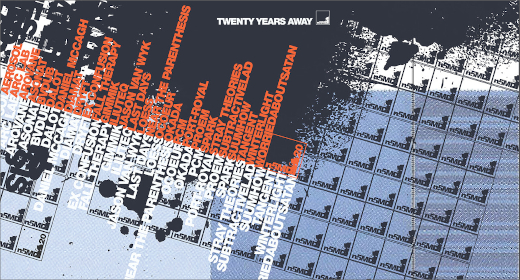
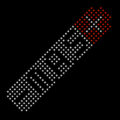
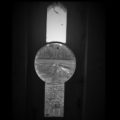


![Romanowitch :: A critical season substitute (glitch.cool) — [concise]](https://igloomag.com/wp/wp-content/uploads/2025/03/romanowitch-a-critical-season-substitute_tape_feat-75x75.jpg)







